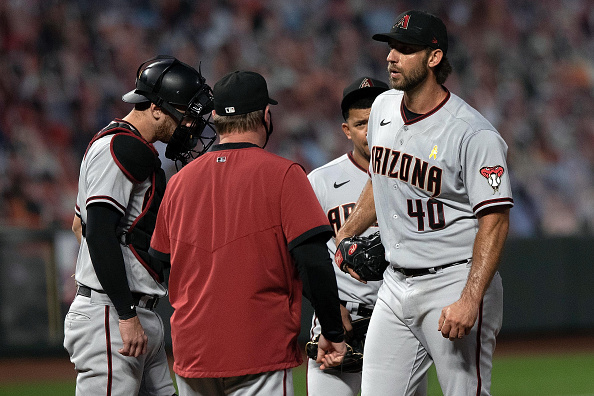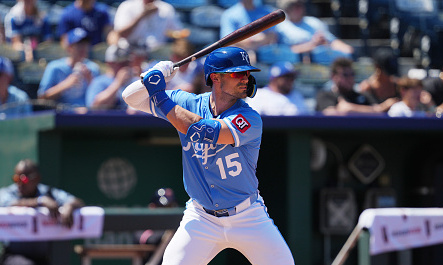In December, left-hander Madison Bumgarner signed a five-year deal with the Arizona Diamondbacks. Not only did he close the book on an era of excellence, but also left the safe haven of Oracle Park for the desert air of Chase Field.
The deal brought an average annual value of $17 million, leaving many to believe the Diamondbacks made out like winners. After all, the now 31-year-old southpaw is a three-time World Series champion. The latest of those titles saw him go on one of the most dominant stretches in postseason history.
The drawback, however, is that run was in 2014. The Diamondbacks were signing a lefty coming off of a season where he posted a 3.90 ERA, a 3.90 FIP, and a 4.31 SIERA. None of those numbers are bad but certainly left a little to be desired. And certainly a far cry from his 2.98 ERA, 3.05 FIP, and 2.98 SIERA from 2014.
Mix those numbers with a fly-ball rate of 41.1 percent or higher in three of the previous four seasons, and it should’ve sounded the alarm for Diamondbacks general manager Mike Hazen.
Fast forward to Tuesday night––all concerns were on full display. In 5.1 innings against the Angels, Bumgarner gave up eight runs on 13 hits, surrendering two home runs in a no-decision. This start, his seventh of the season, gave him an 8.53 ERA, an 8.95 FIP, and a strikeout rate of just 12.4 percent.

He’s not missing bats, his fastball is down an average of 3.4 mph from last year, and he’s only in year one of five. As a result, a big question has come into play regarding the former postseason hero.
Has the end come early for Madison Bumgarner?
In short: It may have. Though Bumgarner’s track record of solid pitching leaves me hesitant to wave the white flag entirely. However, it’s worth noting that 2020 is his third season in the last four with an injured list stint. A man once regarded as a bulldog, Bumgarner has made 30 starts only once since 2017.
Note: Because of the COVID-shortened season, each game is worth 2.7 of a 162-game season. Bumgarner will likely make two more starts in 2020, meaning his 162-game pace would be 24 starts.
But what other indicators of decline exist in Bumgarner’s game?
Drastic dip in velocity
Madison Bumgarner has never been a flamethrower (highest average fastball velocity for a season was 92.7 in 2015). However, his fastball has plummeted from 91.4 mph in 2019 to just 88.0 in 2020.
Perhaps this is largely due to a mixture of a lack of preparedness and injuries, but that’s still a steep dip. Is it likely to stay that low? Probably not. But the fact remains that his days of using his fastball to miss bats is likely behind him.
Especially on his fastball, which has seen a whiff percentage decrease of 13.5 percent.
Should these struggles linger, not many teams, if any, would want to take on a bottom-tier pitcher for $17 million-per-year. Meaning this contract is fast-approaching albatross levels.
It is quite possible, however, that the southpaw once regarded as a postseason legend, has sped up his own decline. Leaving a ballpark known for being pitcher-friendly, going to one with the desert air like Chase Field, was a metaphorical death sentence. Following a season where he had the fifth-highest fly-ball rate (41.6 percent) among starters, this situation should’ve been at the bottom of the list.
But you know what they say: money talks. Bumgarner had 85 million reasons to move to the desert. So while his decline may already be in front of us, at least he’s going out having broken the bank.
Everyone will always remember Bumgarner for what he accomplished with the San Francisco Giants. Especially for his reign of terror in the 2014 postseason. It’s just been tough to watch someone who was once dominant, and still so young––just 31––struggle so much to compete.







